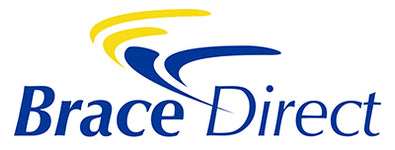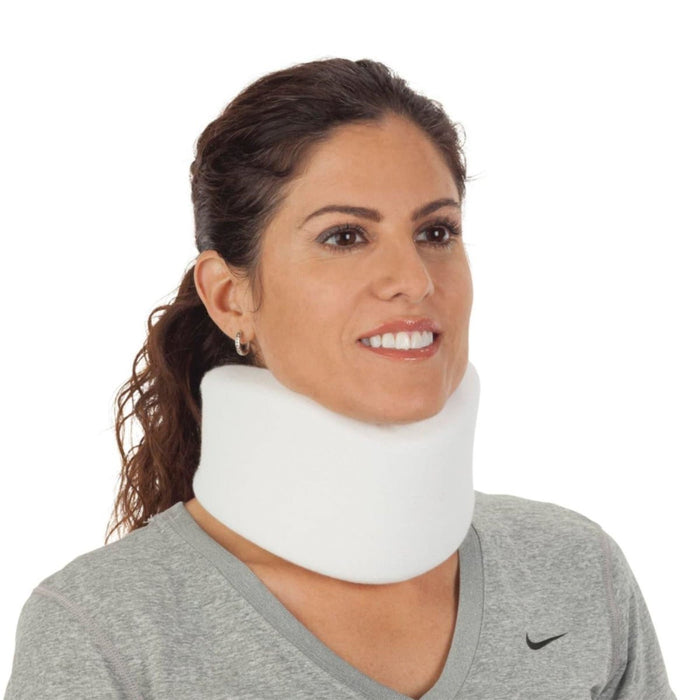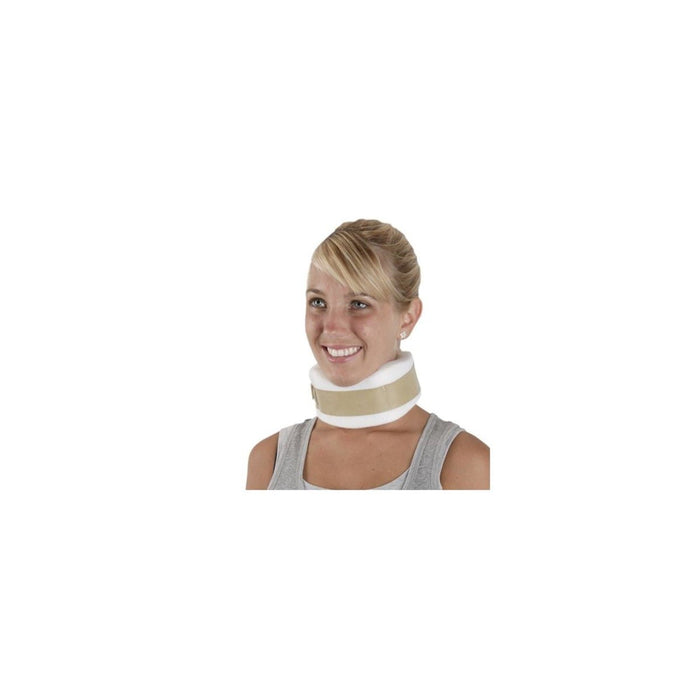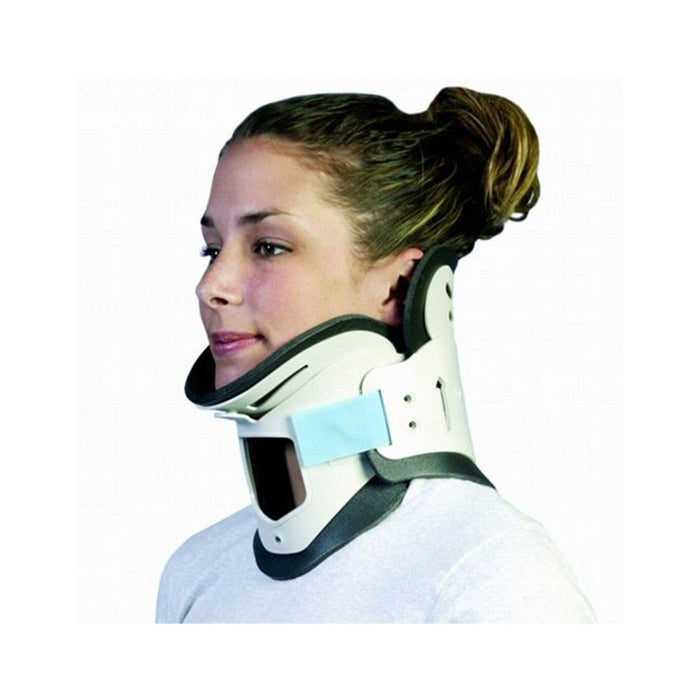
Whiplash and Cervical Injuries are common neck conditions resulting from accidents or sudden movements. These conditions can cause pain, stiffness, and reduced mobility. Prompt diagnosis and treatment are essential to prevent complications.
Understanding Whiplash and Cervical Injuries
Explore the causes, symptoms, and treatment options for these conditions. Click below to learn more.
Whiplash: A sudden, forceful movement of the head that can strain soft tissues in the neck.
About Whiplash: Whiplash is typically caused by car accidents or similar impacts that force the neck to whip back and forth. This movement can damage the muscles, ligaments, and tendons in the neck.
Symptoms:- Neck pain and stiffness
- Headaches starting at the base of the skull
- Reduced range of motion in the neck
- Upper back and shoulder pain
- Dizziness and fatigue
Consider supports like the Brace Direct Soft Cervical Collar for gentle stabilization during recovery. Visit our Whiplash Braces Collection for more options.
Cervical Injuries: Soft tissue injuries caused by hyperextension, poor posture, or trauma.
About Cervical Injuries: These injuries involve soft tissues such as muscles, ligaments, and tendons, and are commonly caused by sudden movements, poor posture, or accidents.
Symptoms:- Persistent neck pain and stiffness
- Muscle spasms or swelling
- Tingling or numbness in shoulders or arms
- Reduced neck mobility
- Tenderness in the neck
Recover effectively with the Ossur Foam Cervical Collar, designed for lightweight comfort. Browse our Cervical Injury Braces Collection for more options.

Diagnosing and Treating Whiplash
Whiplash is a neck injury diagnosed through a physical examination. Doctors may use imaging tests like X-rays or MRIs to assess potential damage to the neck structures. Once identified, a tailored treatment plan can promote recovery and alleviate symptoms.
- Rest and Immobilization: Using a neck brace to stabilize and reduce movement facilitates healing.
- Physical Therapy: Exercises designed to restore mobility and strengthen neck muscles.
- Chiropractic Care: Spinal alignment adjustments to relieve pain and improve mobility.
- Braces & Immobilizers: Devices such as the Brace Direct Soft Cervical Collar help alleviate pain and stabilize the neck during recovery.
- Traction Devices: Options like the Brace Direct Digital Cervical Traction Unit with Massage, Heat, and TENS Electrotherapy gently stretch the neck, reduce spinal compression, and aid in proper alignment.
Find Relief Today with Brace Direct
Our range of whiplash braces and cervical traction devices is designed to provide the relief you need. Don't let neck pain hold you back—shop now and take the first step toward recovery.
For enhanced pain relief and relaxation, explore advanced solutions like the Brace Direct Cervical Neck Traction Unit, designed for professional-grade support and alignment.
Frequently Asked Questions (FAQs)
What Causes Whiplash?
Whiplash is caused by a sudden, forceful movement of the head, often from car accidents or physical trauma. This movement strains or tears the soft tissues in the neck, leading to pain and stiffness.
When Should I Seek Medical Attention for Neck Pain?
If you experience severe pain, numbness, weakness, or symptoms that persist for more than a few days, it's important to consult a healthcare professional for an accurate diagnosis and treatment plan.
What Is the Best Neck Brace for Whiplash Recovery?
The Brace Direct Soft Cervical Collar provides gentle support and stability for whiplash recovery, helping to reduce pain and promote healing.
Can Heat Therapy Help Whiplash?
Heat therapy can help alleviate pain and stiffness associated with whiplash by improving blood flow to the affected area and relaxing tense muscles. The Brace Direct Digital Cervical Traction Unit combines heat therapy, TENS electrotherapy, and massage for comprehensive relief and faster recovery.
Will Whiplash Heal on Its Own?
In many cases, whiplash can heal on its own with proper care, such as rest, gentle stretching, and the use of a neck brace to limit movement. However, severe cases may require medical intervention to prevent long-term complications.
The Ossur Universal Cervical Collar provides essential support and helps stabilize the neck, promoting a faster and more effective recovery.
Can Whiplash Cause Headaches?
Yes, whiplash can cause headaches, often due to muscle strain or tension in the neck and upper back. These headaches typically start at the base of the skull and may radiate to other areas.
How Is Whiplash Diagnosed?
Whiplash is diagnosed through a physical examination and, if necessary, imaging tests like X-rays, MRIs, or CT scans to assess soft tissue and spinal damage.
What Is the Best Neck Brace for Emergency Use After a Car Accident?
In emergency situations, such as a car accident causing potential neck injuries or whiplash, immediate immobilization is crucial to prevent further damage. The Ossur NecLoc Neck Immobilization Extrication Collar is designed for rapid application and provides critical stabilization during emergencies.
Where Does Whiplash Hurt?
Whiplash typically causes pain and stiffness in the neck, shoulders, and upper back. Some individuals may also experience headaches, dizziness, or arm discomfort.
How Can I Relieve Neck Pain from Soft Tissue Injuries?
The Brace Direct Cervical Neck Traction Unit provides customizable traction therapy, reducing neck pain and tension caused by soft tissue injuries. With adjustable tilt settings and a hot and cold pack for heat/cold therapy, it delivers targeted relief and promotes healing.



















